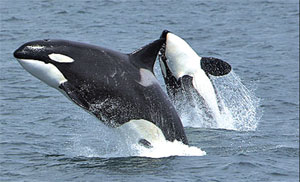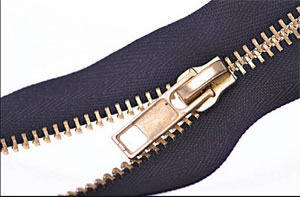|
 
Inventions :
1. Who was ‘the Wizard of Menlo Park?
2. Who made the first working television set?
3. What important invention connected with clothes did Whitcomb L.
Judson first demonstrate in 1893?
4. Who had the first central heating systems?
5. In which country was paper first made?
6. King Camp Gillette made an important invention in 1895. What was it?
Natural world :
1. How do deep-sea creatures find their food in the dark?
2. Which is the fastest sea mammal?
3. Do bird's knees bend backwards?
4. Which bird is an expert at tying knots?

5. How big do polar bears grow?
6. Which reptiles are toothless?
7. Can snakes shut their eyes?
8. How many flowers a day does a bee visit?
9. What is known as ‘bee-bread?’
10. Which desert creature has a built-in sunshade?
[Answers]
Inventions :
1. Thomas Alva Edison who produced more than 1,000 inventions.
2. John Logie Baird
3. The zip fastner
4. The Romans
5. China. In about AD105
6. The safety razor
Natural World :
1. In the black depths, many deep-sea fish sense their prey by smell,
taste and touch. A line of nerves running down the fish's body picks up
vibrations in the water caused by other swimming creatures. Some
deep-sea creatures have long touch and taste-sensitive tentacles
trailing from their jaws.
2. The orca or killer whale, is the speed champion among the sea
creatures. It can race along at up to 56 kph (34 mph) to overtake its
prey.
3. It seems as if a birds knee bends backwards but actually it
doesn't. What looks like the bird's knee is in fact its ankle, and below
is an extended foot bone leading to the toes. Its real knee is usually
hidden by feathers.
4. Most African weaver birds are experts at tying knots. They start
their spherical hanging nests by tying blades of grass to a twig with
neat, strong knots.
5. Many polar bears can grow up to 3m (10 feet) long and weigh as
much as 10 adult humans. The females are generally much smaller.
6. Turtles, terrapin and tortoises have no teeth. Instead they have
hard, horny jaws that can cut and tear all sorts of food. The snapping
turtle has jaws powerful enough to cut off the toes of a swimmer unlucky
enough to step on it.
7. Snakes have no eyelids so they cannot shut their eyes, even when
they go to sleep. Their eyes are protected by a transparent scale called
the brille. Many think the snake has an evil stare because it cannot
blink. It needs eyelids to blink.
8. A honey bee does about 10 trips each day to look for food. As it
takes up to 1,000 flowers to provide enough nectar for a bee on a trip,
the bee visits around 10,000 flowers a day.
9. Bee-bread is the mixture of honey and pollen the bees use to feed
particularly the larvae that will grow up to be worker bees.
10. Ground squirrels of American and South African deserts. They have
long busy tails which they fluff out and hold over their heads to act as
a shady parasol when they go out in the scorching sun to look for food. |


